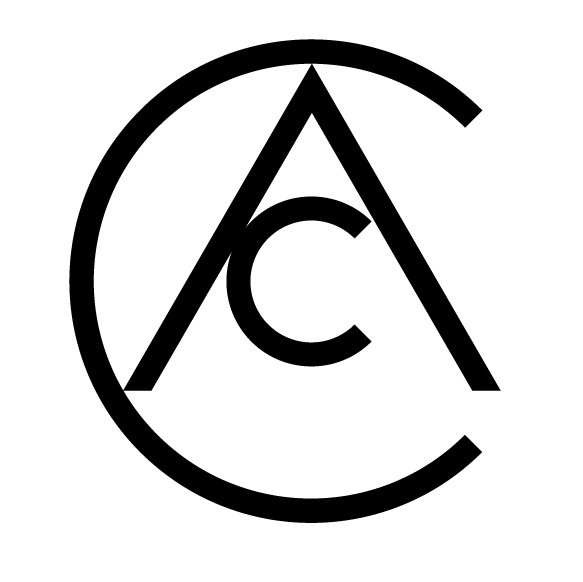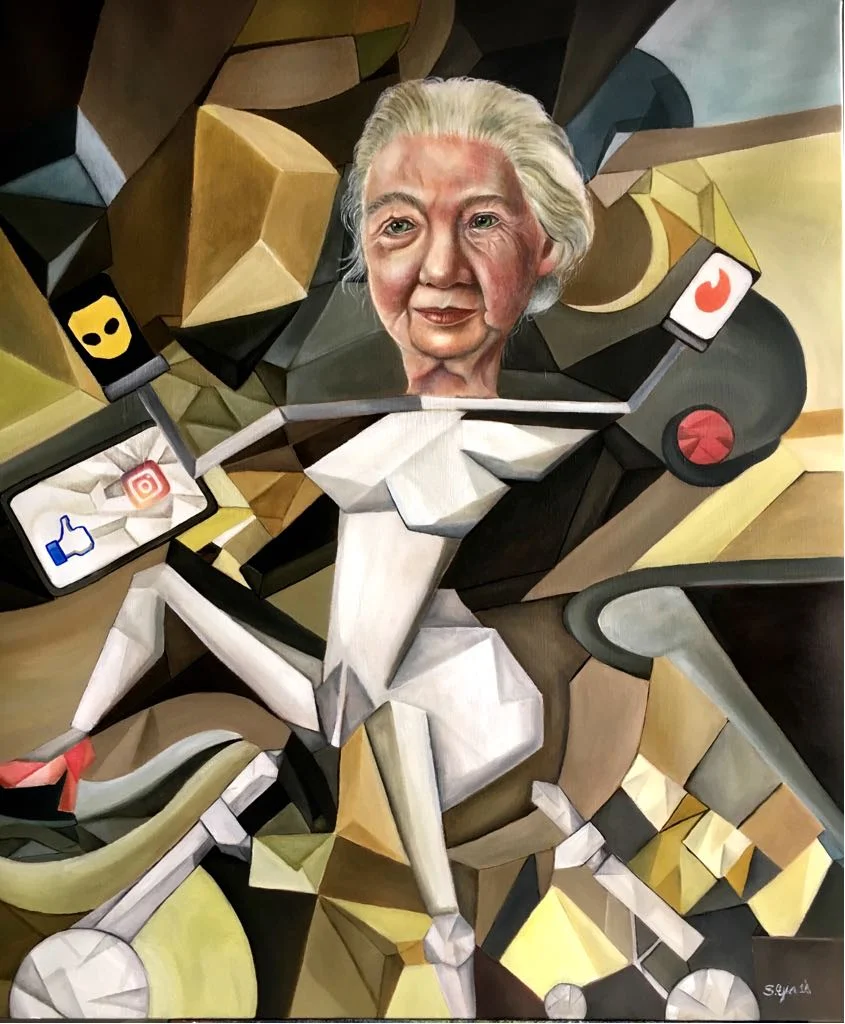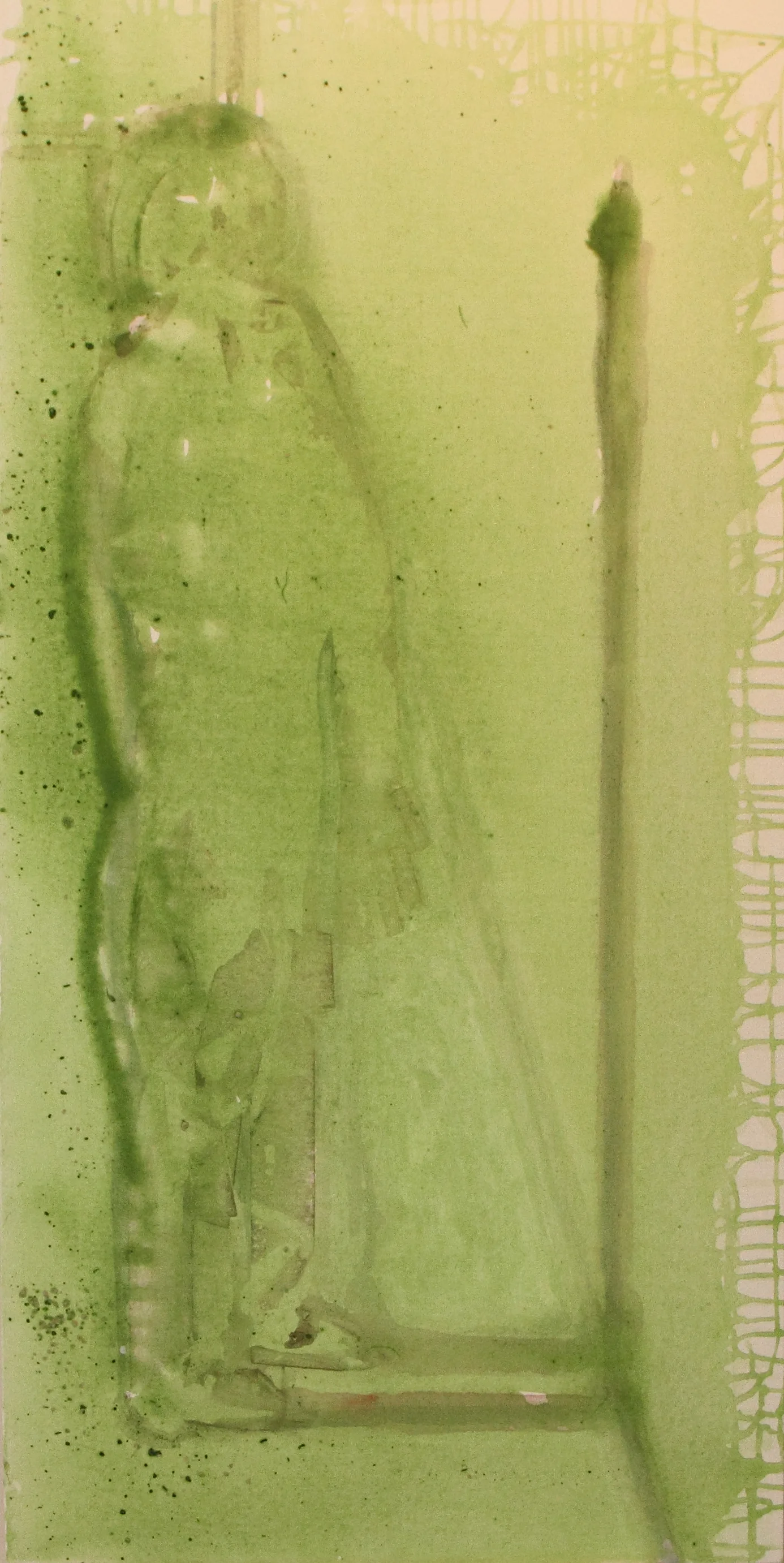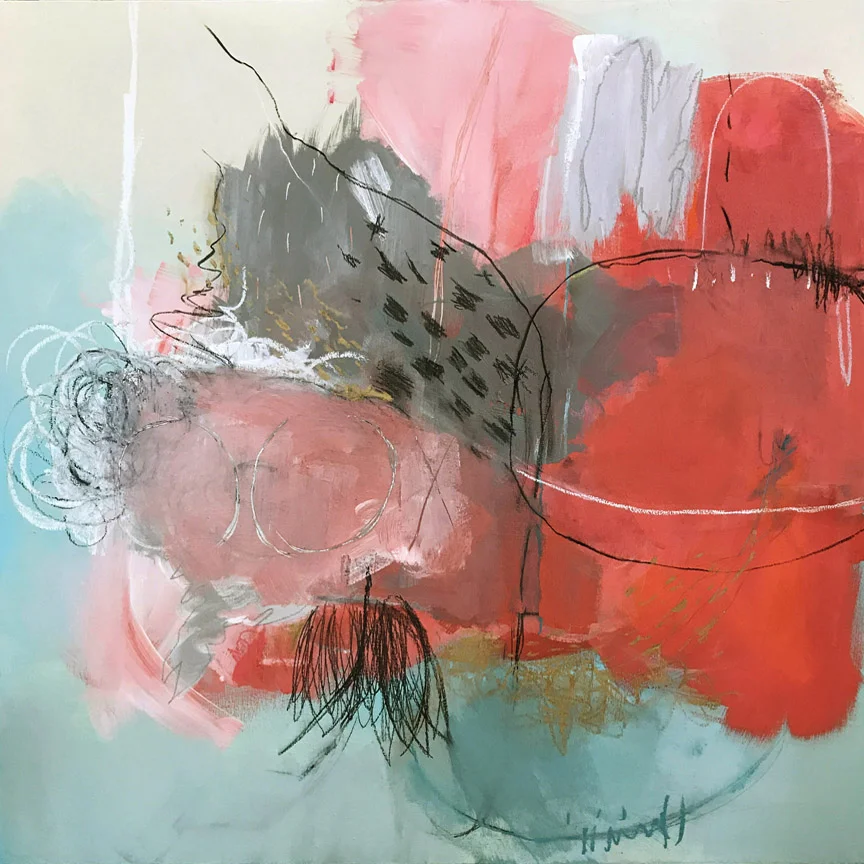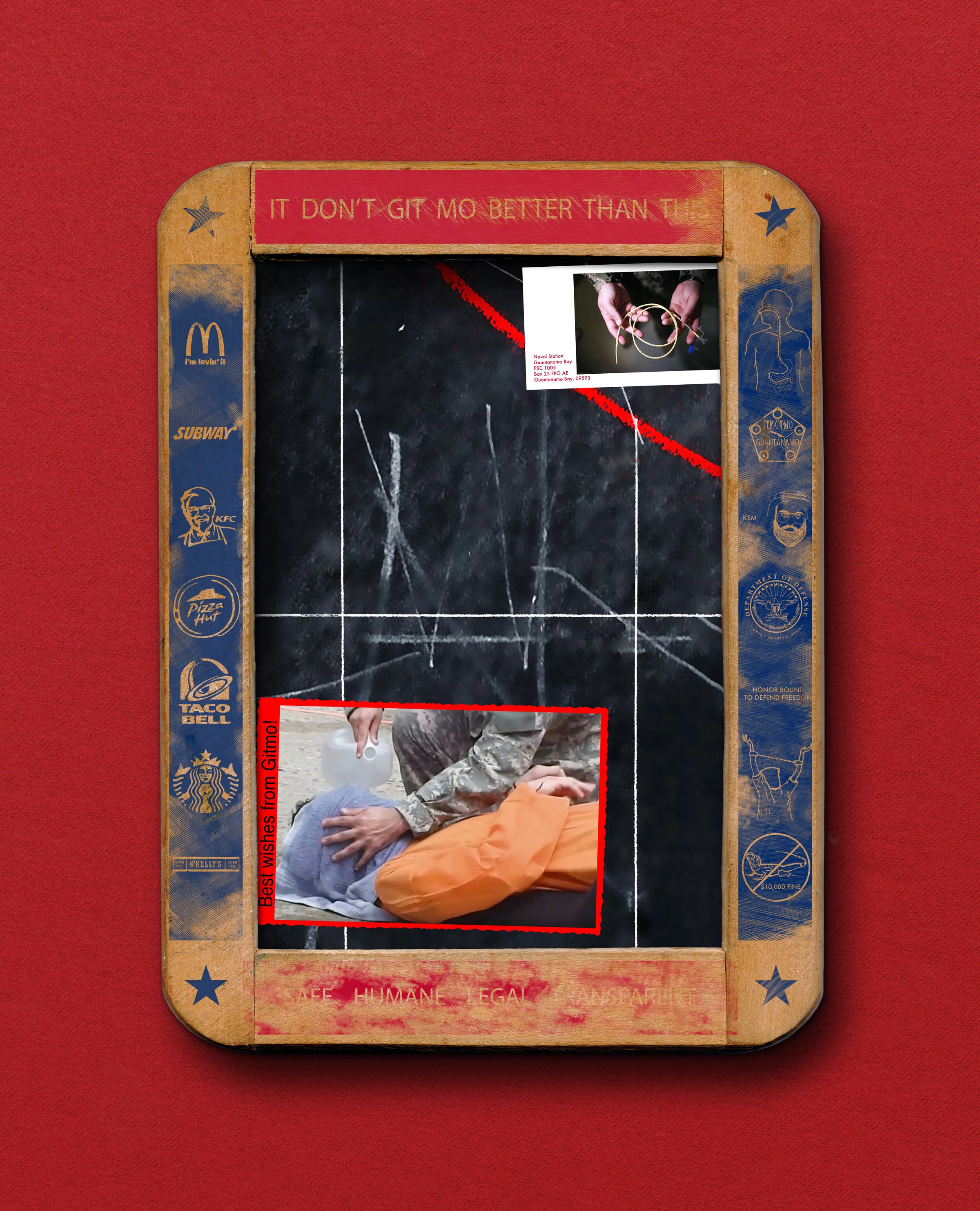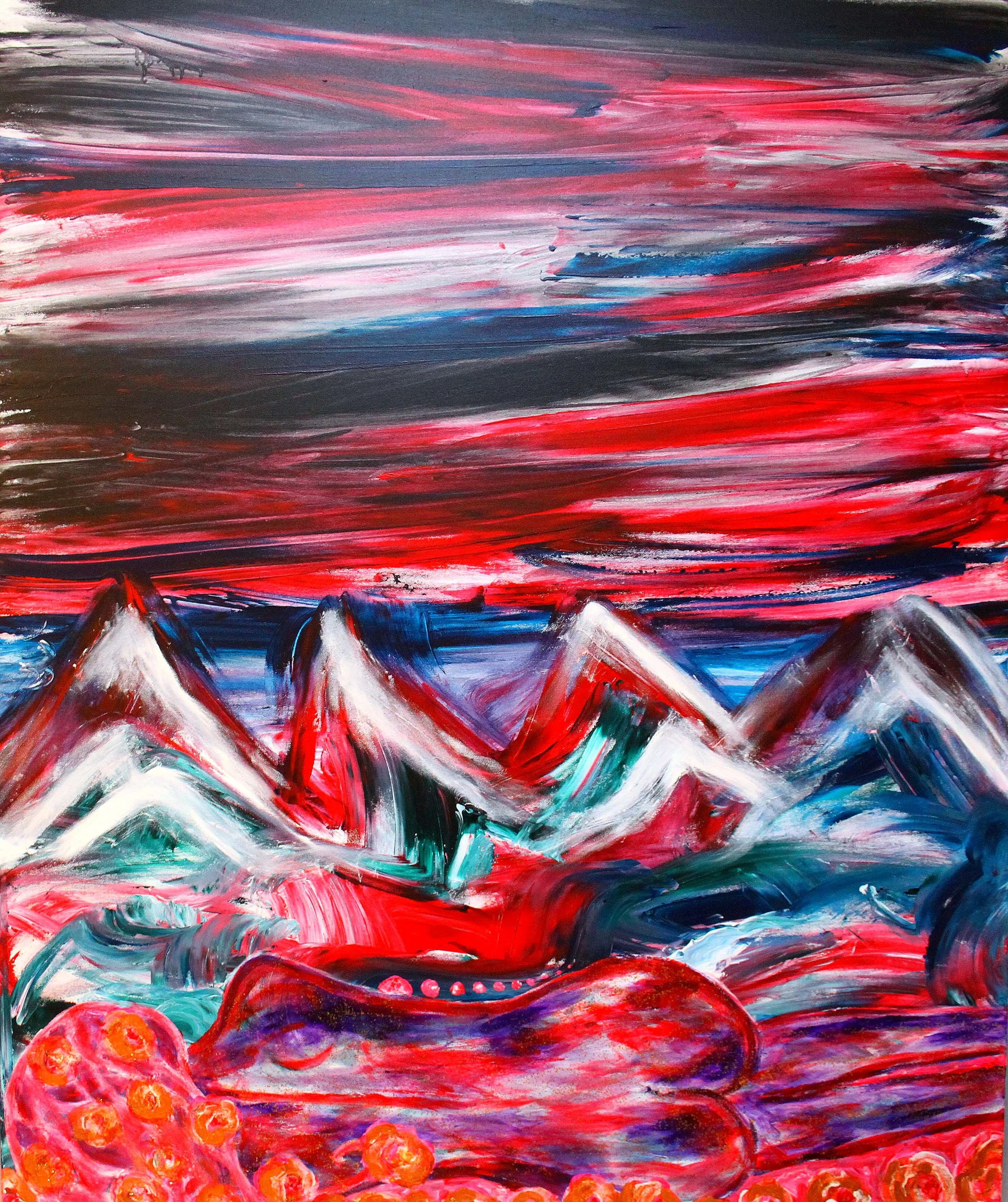How would you describe yourself and your artwork? Well... Montserrat is a natural curious person, she’s always looking for inspiration and new adventures, always creating something in her mind... she can be an obsessive person when she discovers something new for her Art.
All in Interview
Interview with Gia Strauss
Gia Strauss was born in Jerusalem to a Swiss German mother and a South African father on February 6 1988. Growing up in Israel during the Intifada, she endured a particularly difficult childhood. She then moved with her mother and siblings to Zanzibar where she spent a number of years. Returning to Israel she attended drama school in Tel Aviv, before moving to London in 2009 where she began to develop her talents as an artist focusing on painting, filmmaking and music (piano).
Interview with Iliyan Ivanov
I was born in Burgas, a city of artists and poets in communist Bulgaria. Since 1996 I have lived in NY City and consider myself a New Yorker; but for all practical purposes I see myself as citizen of the world. My first memorable art experience was making art with my grandfather when I was 6 years old as we had a kind of an art contest drawing animals – I think I did 10 drawings in 5 min.
Interview with Gabi Domenig
Where do you get your inspiration from? The inspirations for my pictures meet me everywhere. In the media, such as film, television and (music) videos, on the Internet, on trips, in newspapers, books, in pictures and texts and in the flow of life itself. My main theme was always the woman. I want to show women in their size and uniqueness consciously and thus to pay respect to those who still do not get enough despite the great daily work. If I was not a painter, I would certainly be involved in women's and children's rights policies.
Interview with Aaron Stansberry
Aaron Stansberry born 1978 in Portland, OR, is an acclaimed multidisciplinary artist living in the Pacific Northwest. His most recent works come in a variety of mediums, including a mix of calligraphic and abstract paintings, as well as landscape photography.
Interview with Mona Niko
Could you please introduce yourself and tell us how you started in the arts? and your first experience in art making? I am Mona Niko , Born In Tehran ,Iran in 1980 and started painting from Pre School ages with my mother encourages to continue .My fist experience to make Art was back in Art University in Tehran.
Interview with Jane Theodore
Jane Theodore lives and paints in Toronto, Canada. Her fine arts background includes exhibited work in galleries, representation by international art distributor Progressive Fine Art and publication by fine art publishers Verkerke Reprodukties N. V., of Holland. Theodore’s paintings are spontaneous explorations of gesture, form and colour. Compositions are revealed as paint is added and subtracted, scratched and scraped, revealing what lies beneath. The paintings’ foundation is high-intensity colour, and invites an intuitive and visceral reaction.
Interview with Alan Beckstead
My paintings reflect SF Pride participants from 2010 forward. They represent a period when California Proposition 8 was overturned and the Supreme Court opened up the rights to marriage for all 50 states. It was something I never imagined would happen in my lifetime A true celebration of the progress for equality. Every Americans’ dream and rightful expectation. The works also capture the sadness but solidarity from the Orlando Pulse tragedy. A reminder that in many ways we still face the same intolerance from the 70’s.
Interview with Grant Gilsdorf
Grant Gilsdorf is an Ohio based contemporary realistic narrative painter who has harnessed his exquisitely rendered realistic paintings into a visionary storytelling device that combines images of carefully crafted beauty existing within a brutal and gritty reality. His dark, tension-filled works mirror the narrative-driven experience of viewing a feature film, and leave the viewer contemplating their symbolic significance.
Interview with Cheryl Polcaro
Cheryl Polcaro is best known for her mixed media work which incorporates layers of photo transfer and acrylic paint on canvas. Her work depicts imagery that seems to come straight from a contemporary version of a Grimm’s fairy tale and balances touches of beauty, whimsy, and darkness.
John A. O’Connor was born in Twin Falls, Idaho in 1940. John has had 36 solo exhibitions of his paintings, including a number of retrospectives, and has participated in more than 200 group exhibitions. He has received numerous awards and honors including a National Endowment for the Arts/Southern Arts Federation Fellowship, and several State of Florida Individual Artist Fellowships. His work is included in a many public, university, college, corporate and private collections nationwide.
Interview with Juana Reimers
Juana Reimers works in the tradition of graffiti and urban art, on canvases, wall surfaces, art on construction. The luminosity and the graphic structure of the images, which give life and unorthodox color combinations, are striking. The artist succeeds in sharpening the viewer's view by seemingly moving the picture motifs further and further out of a multitude of planes, zooming in and out. The complexity of the composition invites one to read into, even to dive into another reality, in which joy, cheerfulness and unconcern, as well as the firm belief in the good in man, appear boundless.
Interview with Kokil Sharma
Kokil is a London based artist who has been involved in art since a very early age. She grew up in India, where she participated and won numerous awards and competitions. Her initial art training was mainly focussed on the facial anatomy but she later developed her skills, practice and awareness of the built environment by pursuing a degree in Architectural Technology at the University of Westminster in 2008. She worked on many Architectural projects in the Education, Retail and Housing sector but decided to revert back to her studio practice and continued painting expressive portraits and figures.
Interview with Marina Koraki
Marina Koraki graduated from the School of Fine Arts of Athens in 2006, supervised by Chronis Botsoglou. She further studied the arts of mosaic, stained glass as well as digital arts and scenography in Academia di Belle Arti di Brera in Milan. Since 2002 she has participated in group and personal exhibitions in Greece, Cyprus, Italy and USA.
Interview with Da Vynci
Davy aka Da Vynci, originally from a small town in Belgium, Liege. Began photography in 2012 with a self-educated approach after his studies in a school of art (training of advertising executive/copywriter). His main artworks speak about a "lost world". This one speak about place removed , removed object, isolated from the modern world and the rest of humanity, in a protected enclave of history. Which brings us to a certain glory and nostalgia for the past and makes us think about some excesses and errors of the modern world.
Interview with Cliff Tseng
Born in 1974 in Taiwan, I studied art at National Taiwan University of Art, I has had solo and group exhibitions in UK, France, Germany, Japan, Taiwan and China. I create the first series “ In-between” in 2002, the second series “Out of the window” in 2006 and now “The beginning of life” start in 2013. My art was nurtured by Eastern background, the pursuit of inner spiritual calm of Eastern art, while Western art pursues satisfaction in terms of external appearance. I try to make a perfect match between the spirit of Eastern art and the materials and form of Western art to create my own style.
Javier Marten Interview
My visual system is a synthesis of my perception of nature, life and the world. That world of the tangible and at the same time ephemeral diversity of the forests of Costa Rica that prevails in my plastic proposal that I translate in sensual forms and metaphors. My gestural and lyric abstract language is as broad as the wind when it blows on the trees, in that constant becoming and getting rid of life. In my process, the morphologies I portray on the canvas are routes to the freedom of the cosmos and its multidimensional spaces and time, full of color and mysteries to be deciphered.
Interview with Nicholas Griffin
''My paintings are two-dimensional apparitions of personal experiences involving emotive response, objects and place. However the places and experiences in particular within the painting are usually unknown to the viewer. Figures and objects appear and disappear just as in life, things shift and shimmer. Running alongside this aspect of transience in the work is a deep interest in form and how its used. I want my images always to be slightly out of visual reach. Creating a multitude of surfaces I'm interested in how these planes can sit together. Conjuring up a visual conversation, which in turn results in the final image being greater than the sum of its parts.'' - Nicholas Griffin
Interview with Tatyana Palchuk
Tatyana Palchuk was born and has been living all her life in Riga. Already during the kindergarten teachers predicted the little drawer an artist's destiny. Although, nobody was connected to arts in the family, she was constantly drawing in sand with a stick in hands. Tatyana enrolled Rozentals Art School by herself even not informing her mum. The artist tells that becoming an artist was not as easy as a pie for her and she had drawn on to the level of the more talented school and academy members, in her opinion, only by thorough and accurate work.
Interview with Oleksii Gnievyshev
Oleksii Gnievyshev originally hails from the heart of Ukraine, from the capital Kiev. There he spent his childhood, visiting an art school during his schooling years, which prepared him for later studies in art. In 2009, Oleksii was accepted at the Academy of Art in Kiev, where he studied for five years, receiving his degree in 2014.
